How to Design a Formal Living Space That Doesn’t Feel Dated
How to Design-If you’re interested in our website products, please contact us.
The term “formal living room” can conjure up some not-so-pleasant memories from our youth. In the somewhat intimidating “adults only” rooms that belonged mostly to our parents or grandparents and their friends, you would frequently find plastic protected sofas, fragile accent pieces, white carpeting, and lots and lots of upholstery. Very few of these fancy living spaces offered much comfort (or fun for that matter!) for anyone. Maybe this is why one recent study found that formal living rooms were one of the most wasted spaces in homes, with the majority of people reporting they spent very little time in the swanky space compared to other rooms.1
However, keep in mind that formal living rooms don’t have to be so, well, formal. We spoke to a bunch of interior design experts for tips on how to design your formal living space into an area of your home that you actually want to spend time in.

1. Avoid “Matchy-Matchy” Decor
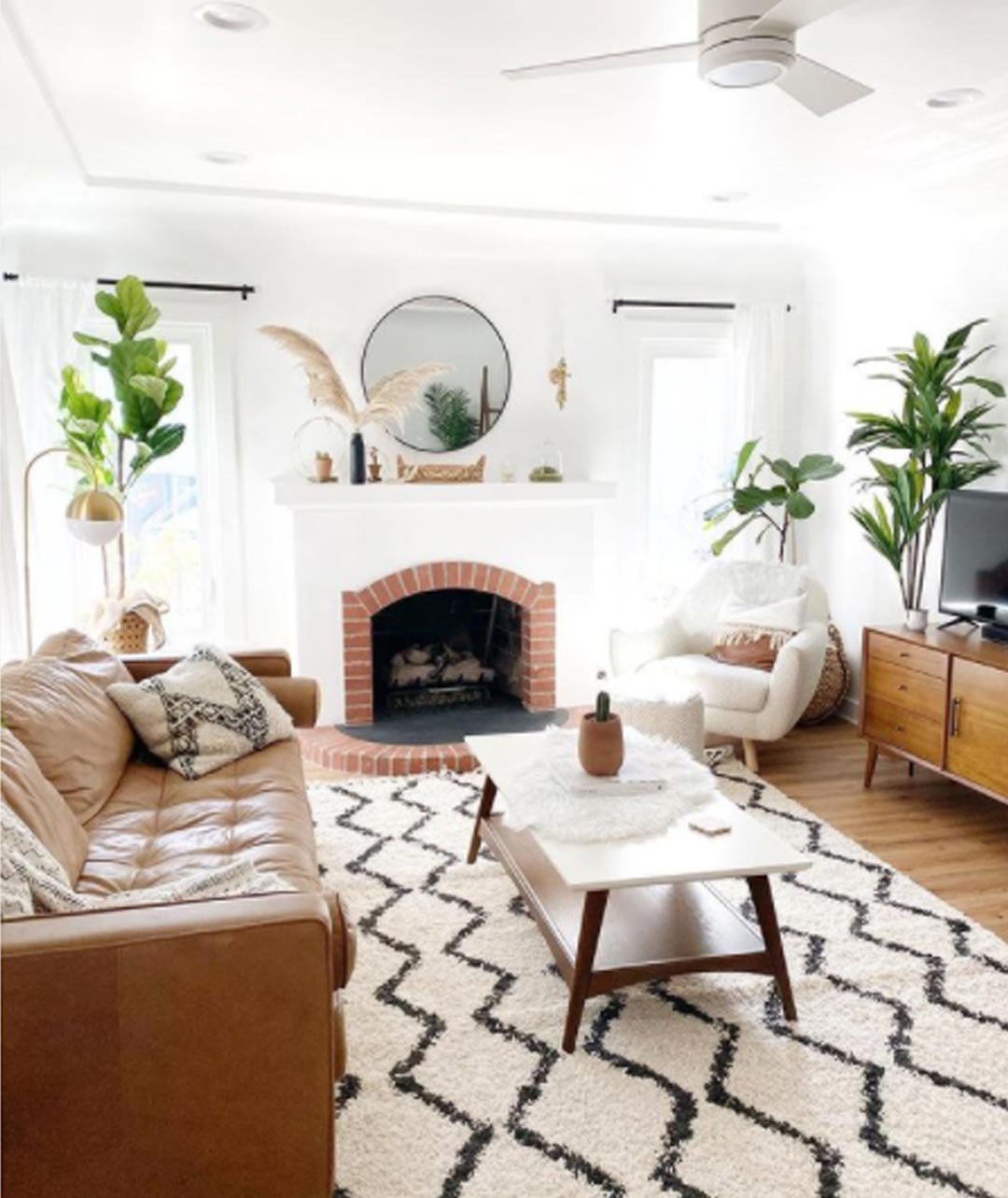
One trademark design element of formal living rooms from generations past is matchy-matchy furniture, points out Ella Hall of Stitchroom. You know the look—an entire room of sofas, chairs, and coffee tables, that look like they were purchased as a set. “Don’t adhere to the rule that everything needs to match,” she encourages. “Mix styles, textures, and colors to create variety.”
2. Reupholster Vintage Finds with Fresh Fabric

To modernize a traditional formal living room, you don’t need to go out and buy all new furniture. Hall suggests starting with what you have and reupholstering vintage pieces with a fresh new fabric. If you are starting from scratch, this can also be a money-saving tactic as you can scoop up great pieces that need a little love on the cheap.
3. Update Your Art
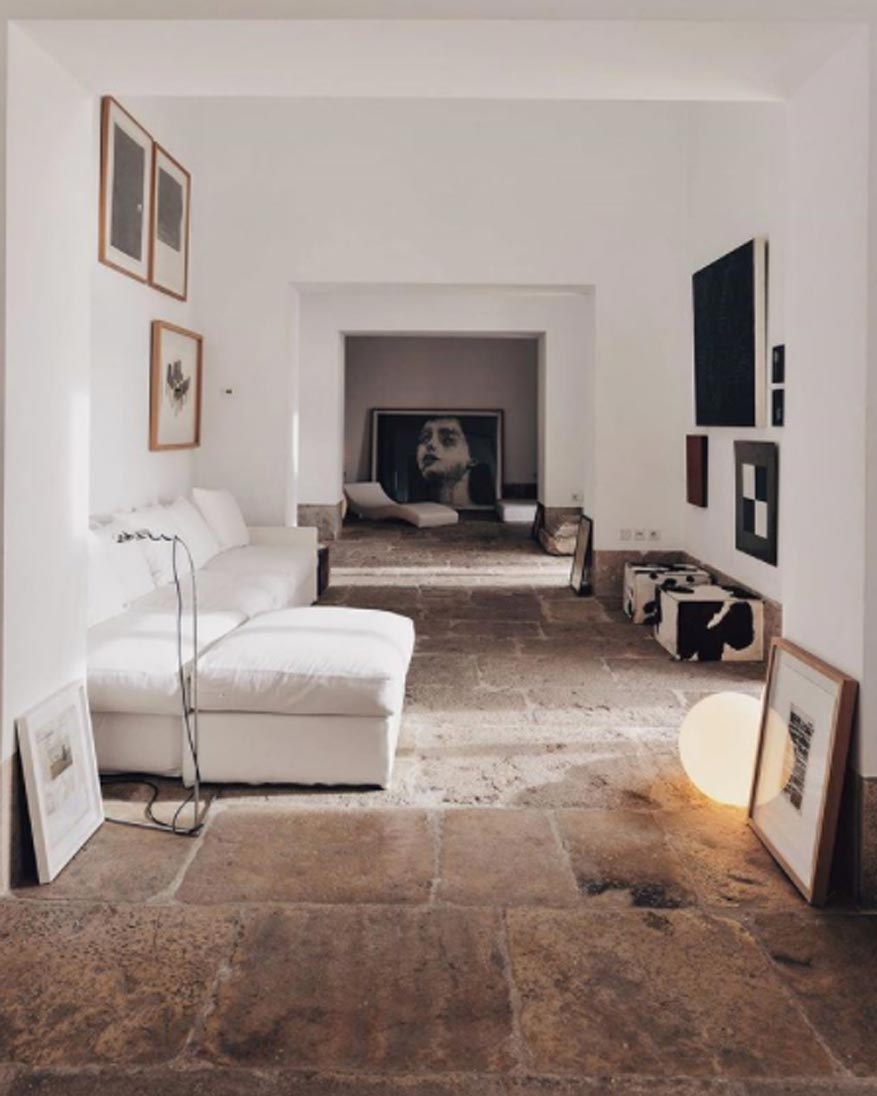
Art can seriously change the tone of any living space. Hall suggests using your formal living room as a place to showcase “impactful art that is interchangeable from season to season.” Also, if your furniture is on the traditional side, art that is a little more contemporary can add a youthful twist.
4. Make It Cozy
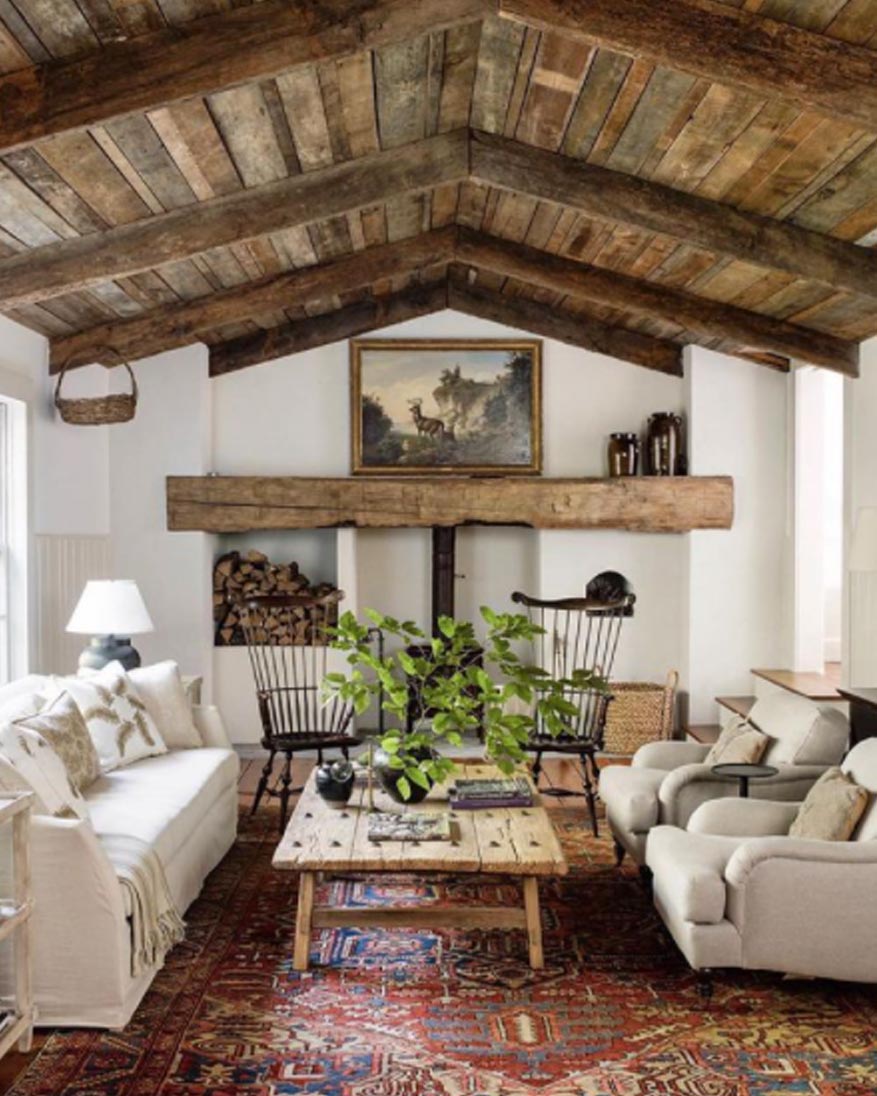
Another design element of so many old-school formal living rooms is, well, discomfort. “Our parents seemed to have uncomfortable sofas with way too formal of a fabric!” points out Katie Stix, IIDA, (Partner, Design Director, LEED Green Associate) at Anderson Design Studio. Hard but elegant sofas, pillows that are anything but cozy, and stiff sitting chairs are just a few things that come to mind. “No longer do we have such formal spaces that make us question whether it is okay to sit down on or even enter the room,” points out Lauren O’Donnell, Build.com’s in-house interior designer.
5. Mix and Match Textures
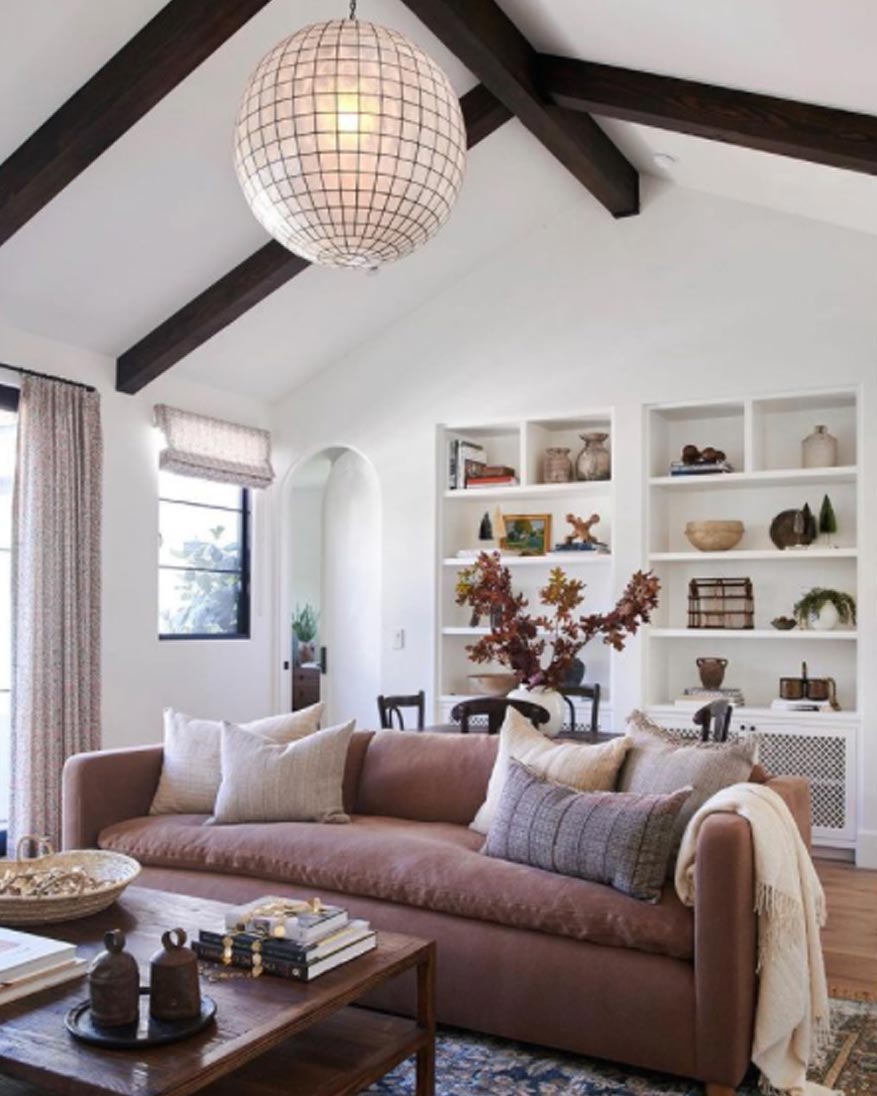
Our parents’ formal living rooms always seemed to be upholstered from head to toe. Mixing in materials, such as adding some woven or leather chairs, is a great way to avoid this stale look, suggests O’Donnell.
Don’t adhere to the rule that everything needs to match. Mix styles, textures, and colors to create variety.
6. Consider Function
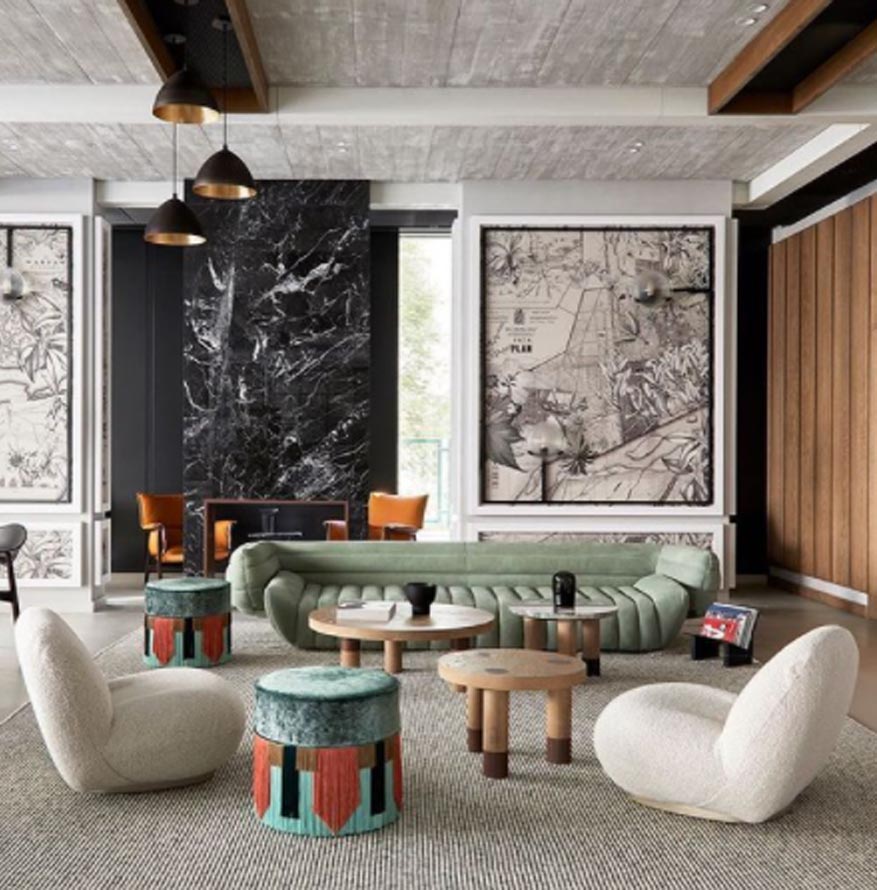
Formal living rooms of yesteryear also seemed to have one fundamental function: to entertain guests in a formal setting. However, in 2021 we are a lot more casual than former generations, and functionality is key. “The living space is an important part of the home but definitely serves a different purpose these days as it is a more used and functional space,” points out O’Donnell. “You want a living room in your home set up for entertaining guests, lounging, and even dining, that is formal, yet casual enough to be inviting.”
7. Keep Your Upholstery Neutral
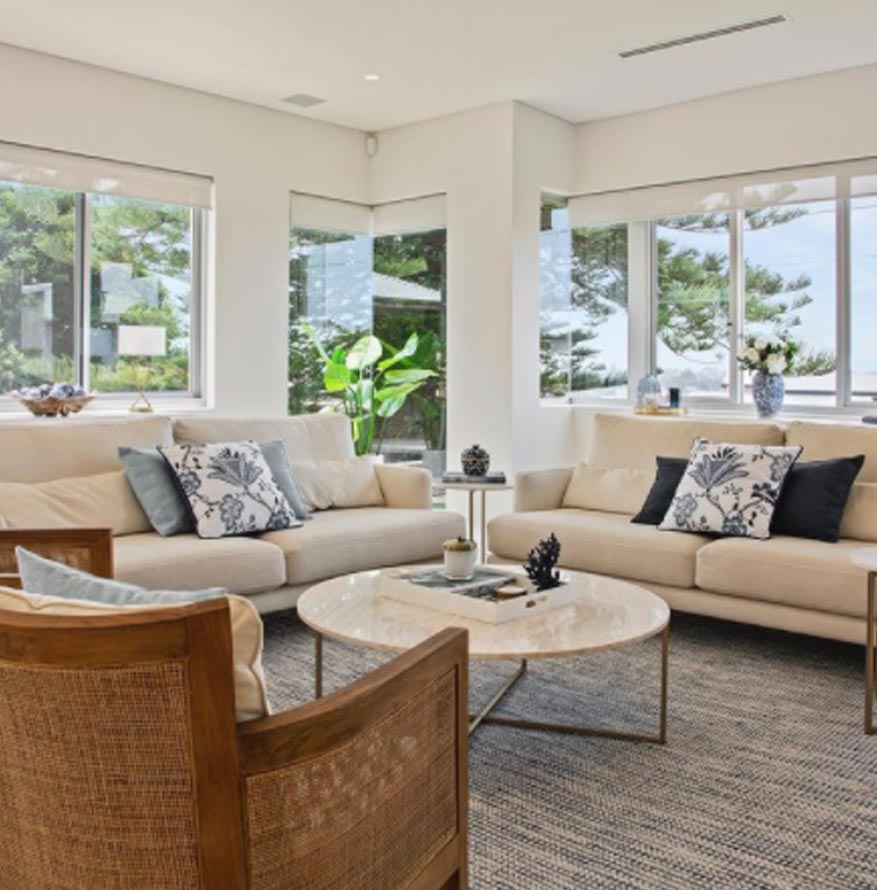
When designing a formal living space, it can be tempting to go with attention-grabbing upholstered furniture. However, O’Donnell suggests resisting the urge to order that zebra print couch and instead, save the Scalamandre for throw pillows. “I always say to stick to neutral solid blends, versus patterns, for upholstery pieces and then dress up your chairs and sofas with patterned pillows or use a patterned rug and textured throws,” she says.
8. Strategize Your Seating Arrangement
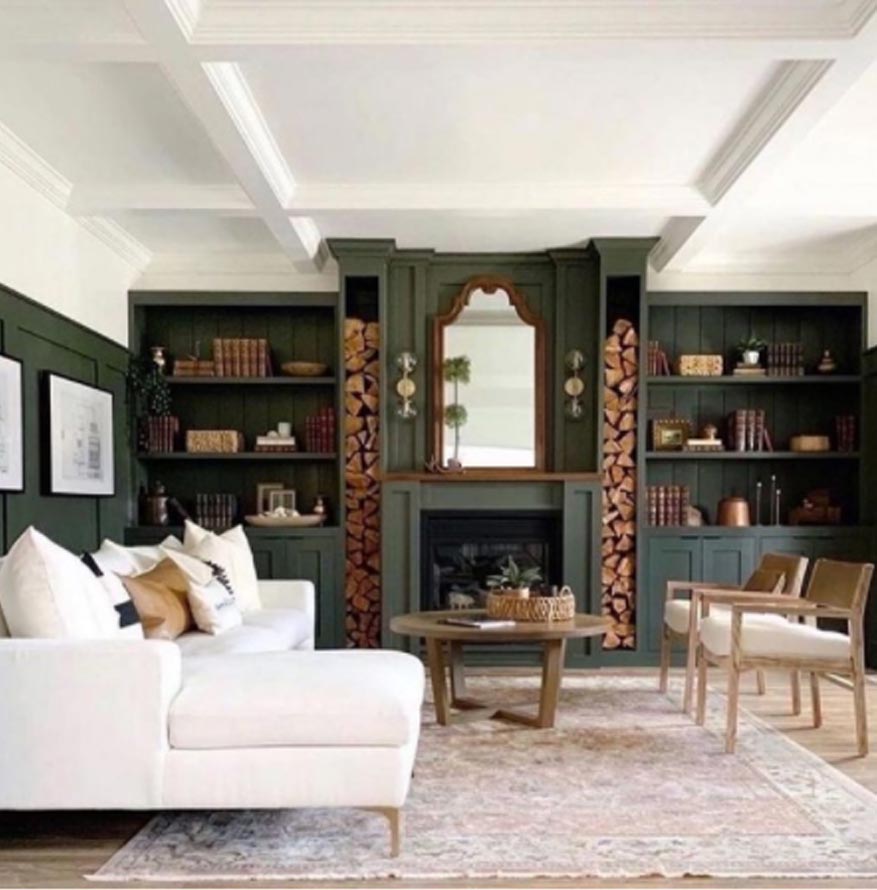
The whole point of a formal living room is to gather friends and family for socializing. It only makes sense that your furniture encourages interaction. Stix suggests incorporating seating that promotes conversation, like two sofas that face each other, or four chairs with a center table or ottoman.
9. Location Matters
Stix points out that our parents’ formal living room was always at the front of the house, completely sectioned off from other rooms. “If possible, locate the formal living space of an active space,” she suggests. “If the living room is adjacent to the kitchen, where everyone seems to gather, it allows the conversation to flow and the home to feel more connected.”
For more about the decoration ideas, please click on this article: 11 Stylish Ways to Decorate Your Home
Find us on Facebook, Instagram and don’t miss a single breath









